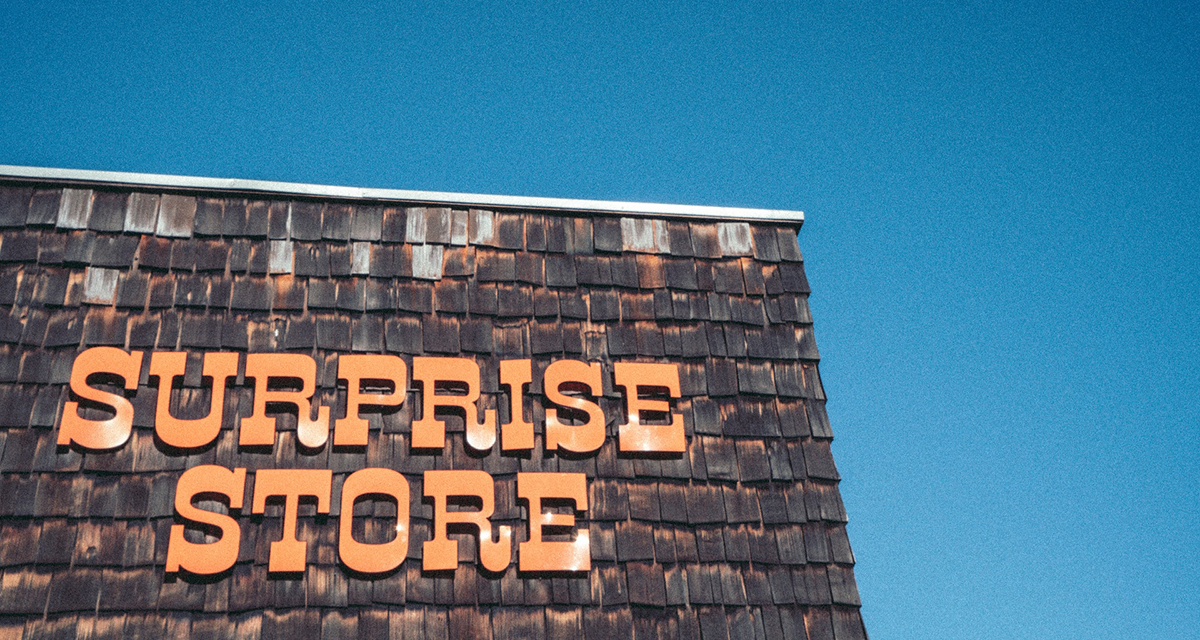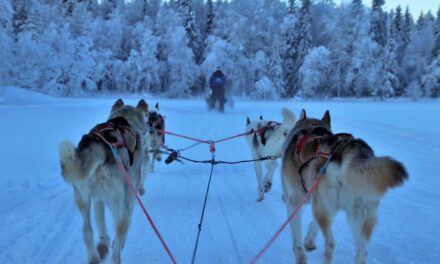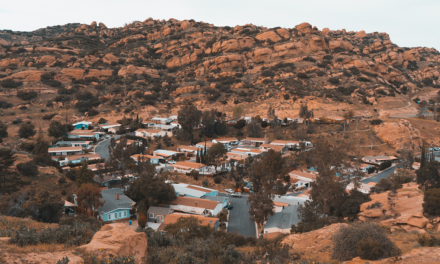Before becoming the vibrant city it is today, Torrance was a landscape of open prairies, home to the Tongva Native Americans.
European settlement brought agriculture to the forefront, with vast fields of grain that waved like the sea under the California sun.
Jared Sidney Torrance’s Dream: The Founding of a Model Industrial City
Envisioned by its namesake, Jared Sidney Torrance, the city was designed to be a balanced industrial-residential community.
In the early 20th century, this vision took shape as Torrance attracted industries with its innovative planning, which included residential areas close to workplaces.
The Roaring Twenties and Industrial Growth
Torrance’s industrial base expanded in the 1920s, marked by the arrival of major companies like Union Tool Company.
The city’s strategic location and resources made it an attractive site for businesses, contributing to its economic vitality and community growth.
World War II and Beyond: A Boost in Aviation and Manufacturing
The onset of World War II transformed Torrance into a hub of wartime manufacturing, especially in the aviation sector.
Post-war, this industrial prowess continued, with companies like Hughes Aircraft and Toyota setting up operations, fueling job growth and economic stability.
Modern Torrance: Cultural Diversity and Innovation
Today, Torrance is known for its high quality of life and cultural diversity and as a center of innovation, particularly in the automotive and tech industries.
Its commitment to maintaining a balance between industrial progress and residential tranquility remains a cornerstone of its identity.
Q&A: Unearthing Torrance’s Industrious Past and Present
Q: What were the signature factors that led to the founding of Torrance?
A: The founding of Torrance was driven by Jared Sidney Torrance’s vision of a planned industrial and residential city, its favorable climate, and its potential for agricultural and industrial development.
Q: How did Torrance’s industrial sector evolve over the years?
A: Torrance’s industrial sector evolved from initial agricultural roots to heavy wartime manufacturing and later to diverse industries, including automotive, aerospace, and technology.
Q: What role did World War II play in the development of Torrance?
A: World War II played a critical role by accelerating the growth of the aviation and manufacturing industries, leading to an economic boom and increased population in Torrance.
Q: How has Torrance maintained a strong sense of community despite industrial growth?
A: Torrance has maintained a strong community by fostering a family-friendly environment, preserving parks and open spaces, and supporting a vibrant arts and cultural scene.
Q: In what ways has cultural diversity shaped Torrance?
A: Cultural diversity has greatly enriched Torrance, bringing a wealth of traditions, cuisines, and festivals that celebrate the city’s inclusive spirit and global community.
Q: What challenges does Torrance face today, and how is it addressing them?
A: Challenges such as managing sustainable growth and ensuring economic diversity are being addressed through strategic planning, environmental initiatives, and support for local businesses and innovation.
Q: Torrance features Hollywood/retro-style buildings and apartments. How does this architectural choice reflect the city’s history and attract newcomers?
A: Torrance’s distinctive Hollywood/retro style architecture is a nod to its golden age of cinema and proximity to the entertainment capital of the world. These iconic buildings and apartments symbolize the American Dream and Hollywood allure, which continues to captivate and draw people seeking their slice of this dream. This aesthetic has helped craft Torrance’s unique identity, blending the charm of classic California with modern living and thus attracting a diverse population eager to be part of a community that celebrates its history and its role in the ongoing narrative of the American and Hollywood dream.
The Dynamic Evolution of Torrance
Torrance’s journey from an open prairie to a bustling city mirrors the broader story of American growth and innovation.
With each chapter of its history, Torrance has navigated the tides of change while preserving the essence of its founder’s dream. As it moves into the future, the city continues to embrace the diversity and industriousness that have long been the engines of its progress.
How will Torrance adapt to the demands of the 21st century, and what legacies will it leave for future generations as it continues to thrive as a beacon of cultural and industrial success?





